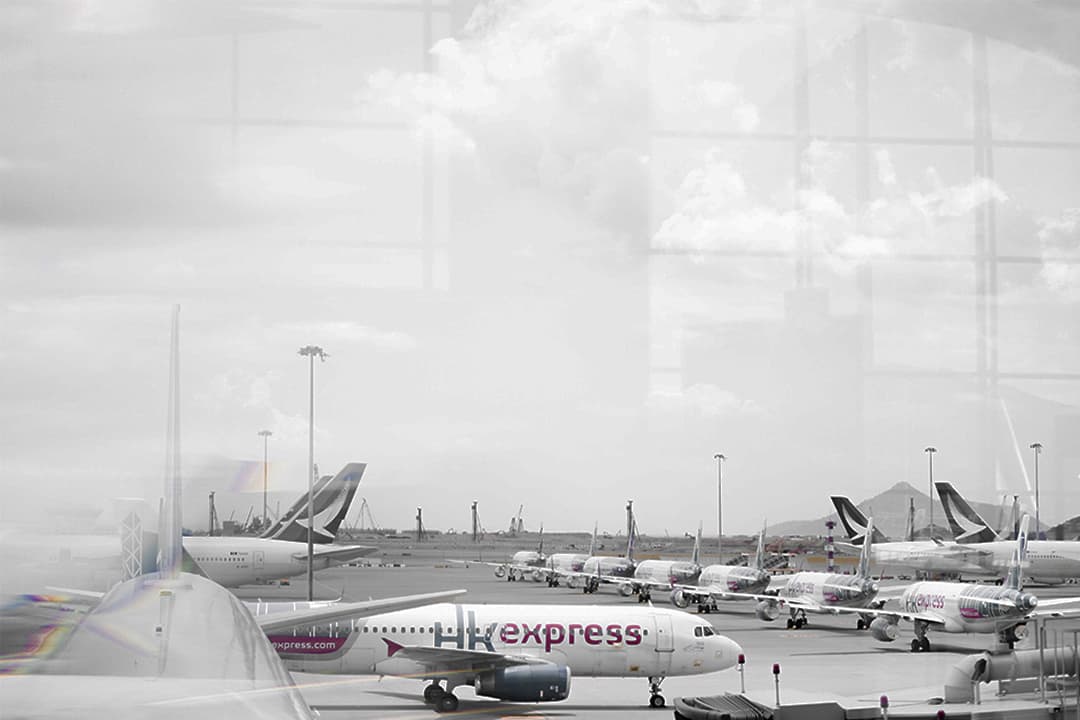Anyone who has been on a flight has, at some point, experienced a form of turbulence. You feel the plane start shaking, the seatbelt sign comes on, and the pilot announces there’s nothing to be worried about. But what really is turbulence, and where and how does it occur?
Turbulence is a mass of irregular airflow an airplane may encounter during flight. It often appears in circular air currents known as eddies. Depending on these eddies’ sizes, turbulence can cause anything from mild jolts to more significant jostling that causes passenger injuries and structural damage.
Common causes of turbulence include jet streams, mountain air lifts, and weather fronts. Most turbulence falls into four major categories: clear, mechanical, wake and thermal.
Of the four common types of turbulence, certain categories are more predictable than others. This includes thermal turbulence, which involves a disruption in airflow around an airplane by convective currents from rising hot air from unevenly heated surfaces. Thick clouds can sometimes be indicators of thermal turbulence, especially if they are cloud types associated with extreme weather. In such events, air control informs pilots to fly around clouds to avoid severe turbulence. Other times, airlines avoid thermal turbulence by scheduling flights when thermal activity is less intense, such as in the early morning or evening.
Another predictable type of turbulence is wake turbulence; it involves disruptions in airflow by trailing vortices from air that passes over the aircraft’s wings or the wings of other airplanes. This type of turbulence is common in high air traffic areas, such as near airports, which explains why planes often encounter turbulence while landing.
Other types of turbulence are less easy to predict. This includes clear air turbulence caused by disruptions in airflow by jet streams, which are more common at certain latitudes around the globe. Clear air turbulence may be difficult to navigate since it causes unexpected changes in airflow around the airplane, blowing it off course and leading to the sudden jolt passengers may feel. To prevent this from happening, pilots can adjust the plane’s flight path by changing the altitude to areas where clear turbulence is less severe.
Mechanical turbulence is also not always predictable. These events stem from uneven airflow over bumpy terrain, ranging from smaller objects such as hills and buildings to large mountains, which may cause severe turbulence known as the mountain wave. In both cases, mechanical turbulence involves air being blown over uneven surfaces, resulting in eddies at higher altitudes. Air traffic control usually plays an important role in preventing mechanical turbulence by reporting mountain waves before planes fly into mountainous airspace.
Despite flying adjustments that reduce turbulence during flight, there are still limits to which pilots can prevent turbulence. In fact, better turbulence management has been an area of interest not only to improve airplane rides, but also to increase fuel efficiency. If airplanes are better able to manage turbulence, they may reduce the fuel expenditure needed to resist turbulence, such as for decreasing altitude in the event of clear turbulence. This can be beneficial to both the aviation industry and the environment. However, with turbulence still not completely understood, this may be a difficult task.
As all flying objects are subject to turbulence, scientists have been looking to the nature of bird flight for deeper insight into turbulence and turbulence management. Through data collected from GPS tracking of bird flight, including barometric pressure and acceleration data, scientists have been able to better understand turbulence and develop improved turbulence measurement devices, such as the anemometers onboard aircrafts.
Furthermore, data on birds’ responses to turbulence has also led scientists to understand aerial mechanisms birds employ to manage turbulence. A 2021 study outlined a recent discovery showing that birds can take advantage of turbulence to speed up their flight. This finding opens up possibilities for research into ways certain aircrafts can harness turbulent energy for flight and promises improvements to flight quality and safety in the future.


